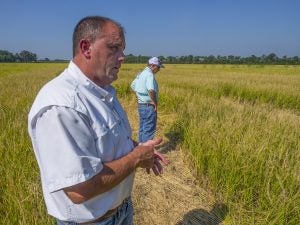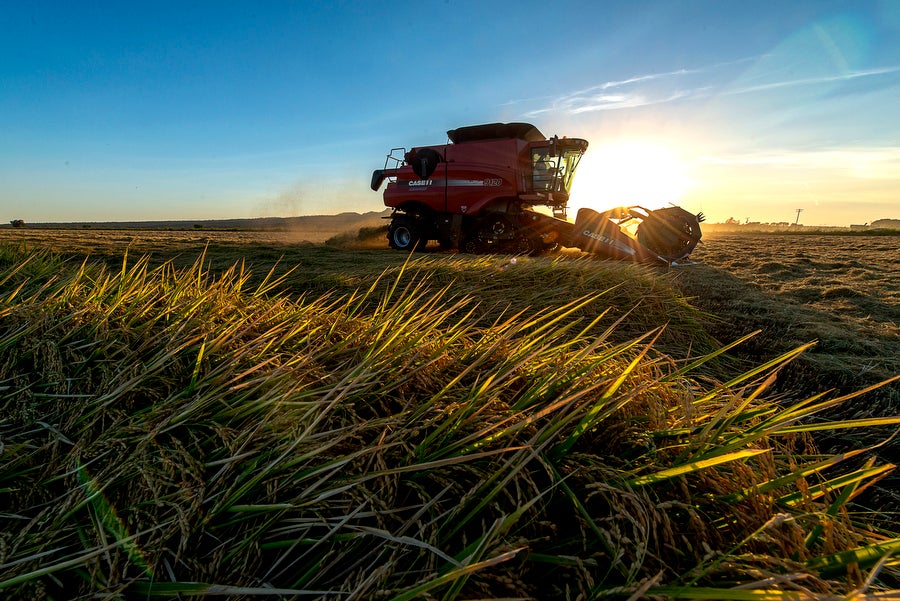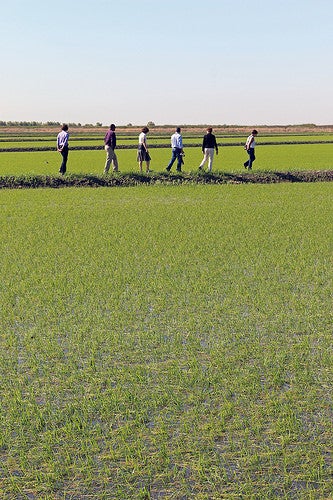
Arkansas rice farmers participating in agricultural carbon markets. Credit: Adam Jahiel
Early adopters of innovative land-based conservation measures are rarely given an adequate reward for participating in agricultural carbon markets. But that’s all about to change, thanks to a nearly $1.2 million USDA Natural Resources Conservation Service Conservation Innovation Grant (CIG) that will leverage private capital investment into agricultural carbon offset practices and ensure that producers are paid for their efforts.
These efforts will guarantee the sale of at least 100,000 tons of credits over the next three years. Here’s how it will work. Read More










 Over the past decade, private investment in conservation has more than doubled, with sustainable forestry and agriculture investments as the main drivers of growth. This unprecedented expansion in “impact investing” or “
Over the past decade, private investment in conservation has more than doubled, with sustainable forestry and agriculture investments as the main drivers of growth. This unprecedented expansion in “impact investing” or “



